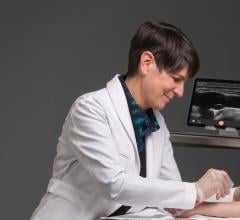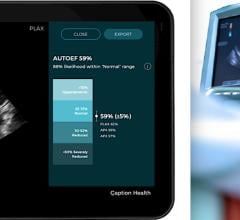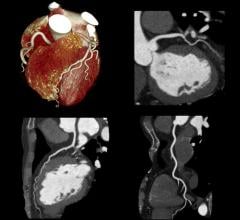
July 15, 2011 — The National Aeronautics and Space Administration (NASA) selected GE Healthcare’s Vivid q cardiovascular ultrasound system for delivery to the International Space Station (ISS) on its final space shuttle flight. The Vivid q launched on the space shuttle Atlantis July 8.
NASA selected the Vivid q following a rigorous regimen of spaceflight hardware qualification and acceptance testing. The system will be used onboard ISS as part of NASA’s human research program, specifically to help assess the impact of long duration microgravity space flight on astronauts. The compact, lightweight diagnostic ultrasound system is about the size of a laptop, enabling portability and ease of use.
The Vivid q is designed for cardiovascular imaging and enables assessment of left ventricular function and cardiac performance. The panoramic scan feature is a capability NASA has not had available in space before. NASA plans to use the equipment to replace and upgrade a 10-year-old ultrasound unit that stopped operating earlier this year in its Human Research Facility. The new device will be used for general crew health assessment, and in space research investigations such as integrated cardiovascular, which looks at the weakening of heart muscles associated with long-duration spaceflight, and the Integrated Resistance and Aerobic training Study (Sprint) evaluation of the use of high intensity, low volume exercise training to minimize loss of muscle, bone, and cardiovascular function in astronauts.
A European Space Agency experiment called vascular echography (vessel imaging) will use the device to help evaluate changes in central and peripheral blood vessel wall properties (thickness and compliance) and cross-sectional areas of station astronauts during and after long-term exposure to microgravity. Vivid q may also be used in NASA’s New Millennium Observatory Network (NeMO Net) extreme mission operation, providing underwater space simulation. NeMO Net is a near-real-time data communications system that links instruments located in a submarine volcano, one mile underwater and 300 miles offshore of Oregon, to the Internet.
For more information: www.gehealthcare.com


 March 06, 2024
March 06, 2024 









